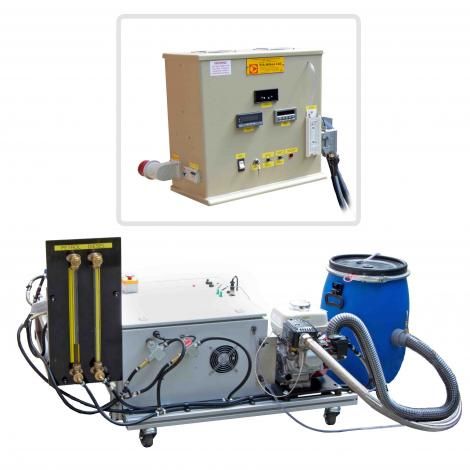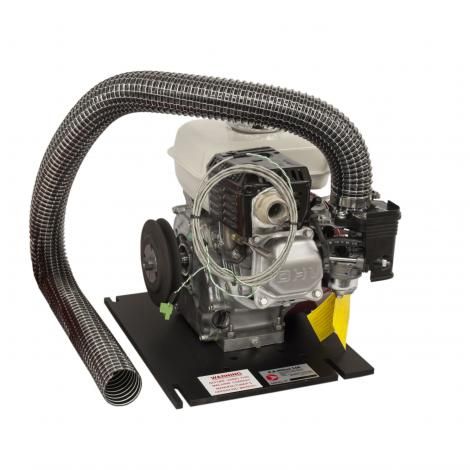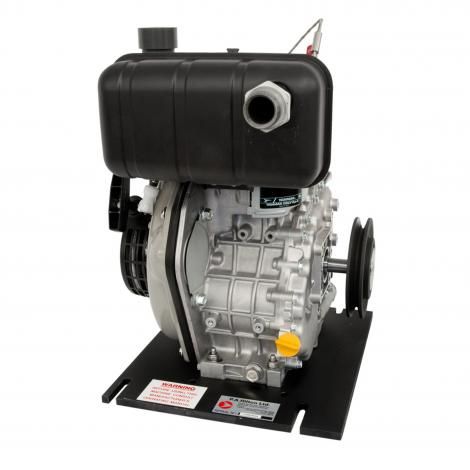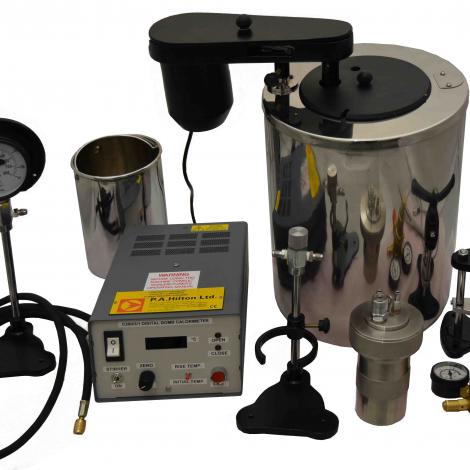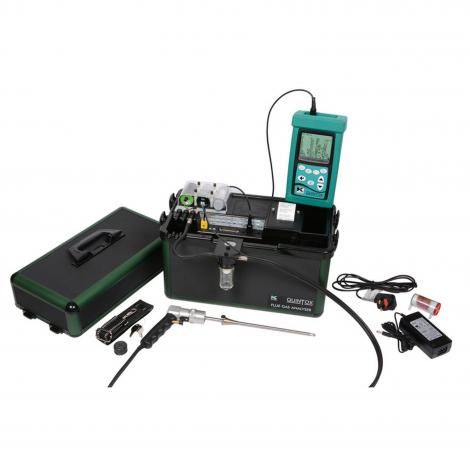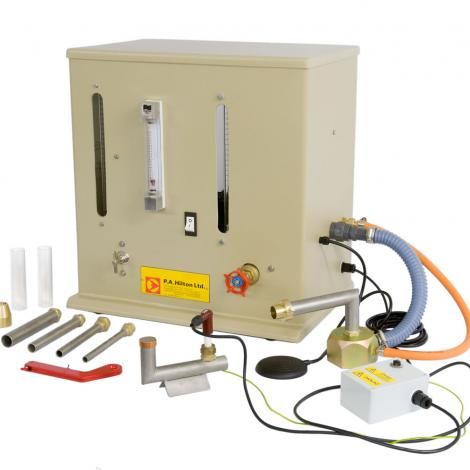Despite the contributions made by nuclear, hydro-electric, solar, wind and other renewable energy sources, the majority of energy is still derived from combustion of hydrocarbon fuels.
These fuels are finite and it is vital that they are used efficiently to conserve resources and reduce pollution. A good knowledge of the factors which affect the efficient combustion of fuels is therefore essential for everyone involved in the study of energy use.

